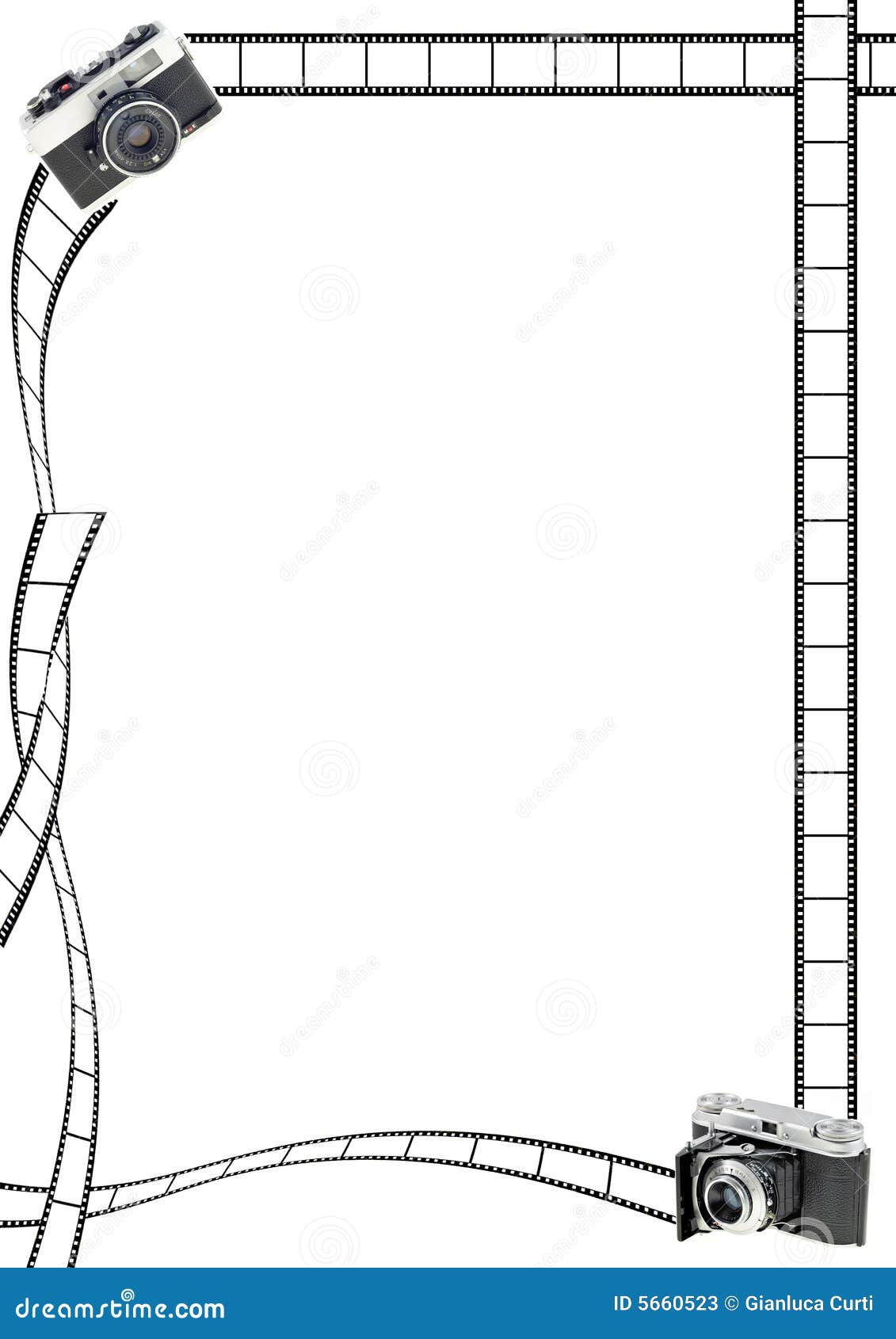

In this case, they call it GOP length which stands for “group of pictures”. Recommended I-frame interval settings for Axis camera systems. Most likely, there’s no need to modify the default values. You can try higher as well to check if you notice any difference. Recommended I-frame interval settings for Dahua and their OEMs is 60. However, you can try 30 or even 60 and see if you’re okay with the picture. The I-frame interval value is recommended to be 50. Recommended I-frame interval settings for Hikvision and their OEMs. Below we’ve listed the optimized I-frame settings for a few manufacturers. However, if you think that your picture quality is not good enough, then you can access the encoding settings and play with these settings until you’re happy with the result. Most of the time there’s no need to change the default value of the I-frame and the I-frame interval. But, it will use more bandwidth and reduce and take more space on the hard drive.

Most manufacturers today will allow you to control the I-frame interval which by the way it’s named differently depending on the manufacturer.

In other codecs such as H.264H or H.265, you can actually modify the value of the I-frame interval. When you select H.264+ or H.265+ on the camera’s encoding setting, the I-frame interval setting is greyed out because it is set and managed automatically and you can’t change it. The larger the value of the I-frame interval, the smaller the storage space occupied by the compressed video. As we explained above, I-frames (also called keyframes) are used to record information about the entire image. The number of interval frames between two I-frames. What is I-Frame Interval in Security CCTV Systems? By doing this, the system can save space and bandwidth. This method allows for frames that are much smaller in size because they are only pulling the changes in reference to the original I-frame.
CAMERA FRAME MEANING FULL
This technique is meant to reduce bandwidth by only sending a full image initial (I-frame) once, then partial frames (called p-frames) which contain only the changes in the scene since the initial I-frame. In other words, the I-frame is the frame that is used as the primary reference point which is compared to the other frames in the stream. Many security systems allow the user to select how often this I-frame is generated. The video compression is achieved by comparing frames following the I-frame (the keyframe) and only sending the changes until the next I-frame generated. Subsequent frames (called delta frames), only contain the information that has changed. The I-frame is the full frame of the image in a video and is coded without reference to other frames.

What is I-Frame in Security Camera Systems? So, if the wall in our example is not going to change, why not just keep using the same blocks in subsequent frames to reduce the space or bandwidth? Here’s where comes into play the so-called I-frame and I-frame interval. Obviously, there was developed a video compression technique that divides frames into blocks and then looks for redundancies between blocks. As a result, a lot of these 30 frames will be wasted bandwidth used to transmit information that something hasn’t changed at all (in our case, the wall). It’s unlikely that the frame’s information regarding that wall will change. Let’s take an example, someone is talking while standing in front of a wall. If we take 30 consecutive frames and spread them out they will see a lot of elements that are pretty much identical. When these images/frames are played sequentially and fast, they create what we call video. Usually denoted as FPS (frames per second), each frame is a still image that when played in sequence creates a moving picture.Ī video that has 30 frames per second, means that there are 30 “still images” that will play for every second of the video.
CAMERA FRAME MEANING SERIES
At their basic level, a video clip is made up of a series of frames. To understand these terms, you need to know how video frames are created. What are these terms and what do they mean in the CCTV context? I-Frame and I-Frame Interval are two terms that create confusion when doing the security camera system settings.


 0 kommentar(er)
0 kommentar(er)
